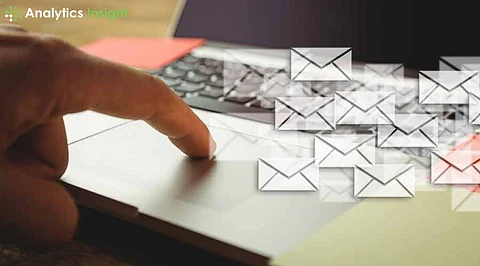How to Keep Your Email Free of Spam
Spam emails are the form of spam emails that each person can encounter in their experience. These emails contain spam offers for purchases and links to sites users don’t want, interfere with communications to fill up inboxes, and even pose threats to their security. Fortunately, it is possible to minimize the opportunities for spam relating to an inbox. This is how individuals can clean inboxes and help them keep their online lives on track.
Use a Spam Filter
Most of the email clients, such as Gmail, Yahoo Mail, outlook etc have their own spam checkers. Spam filters of e-mail automatically move all the messages that they consider to be spam to another folder. Sometimes, it is useful to look for one’s critical messages in the spam folder, believing that these filters will catch most junk messages.
Be Careful Where You Share Your Email
Email addresses are often crawled through the internet and harvested by spammers when posted online. This means an email address should not be shared with anyone. Subscribing to different sites, taking a probabilistic approach to completing contests, or even posting an email on a social platform all make users more susceptible to email spam.
Don’t Click on Suspicious Links
Sometimes, a spam email can look like it's from a reputable company, but its main aim is to trick users into clicking on a malicious link or downloading an attachment. The best way to avoid this is to be cautious with every email. If the email asks for personal information or seems too good to be true, it’s best to delete it.
Unsubscribe from Unwanted Newsletters
Signing up for newsletters is common, but sometimes, these subscriptions can become spam. Fortunately, most newsletters include an "unsubscribe" link at the bottom. This is one of the easiest ways to stop email spam. The Digital Marketing Institute reports that nearly 60% of email subscribers prefer to unsubscribe rather than mark emails as spam. It’s better to unsubscribe to avoid clutter than to rely on email spam protection filters alone.
Use Disposable Email Addresses
Disposable email addresses come in handy for situations where an email is needed, but there's concern about privacy. Services like Guerrilla Mail or 10 Minute Mail offer temporary email addresses that expire after a short period. These addresses can be used when signing up for services that might result in spam, allowing individuals to protect their primary email.
Enable Two-Factor Authentication
Enabling two-factor authentication (2FA) on email accounts adds an extra layer of security. Even if a spam email does manage to break through filters, 2FA can prevent unauthorized access to an account. Google reports that 2FA reduces the chances of an account being hacked by 99.9%. It’s a simple step that can provide peace of mind in the long run.
Conclusion
Keeping an email inbox free of spam doesn’t have to be complicated. By using built-in spam filters and spam filter tips, being cautious about sharing personal information, and taking proactive steps like unsubscribing from unwanted newsletters or using disposable email addresses, individuals can reduce the number of unwanted emails they receive. Implementing these strategies can help users protect their privacy, stay organized, and avoid the annoyance of spam in their inboxes.
.png)

